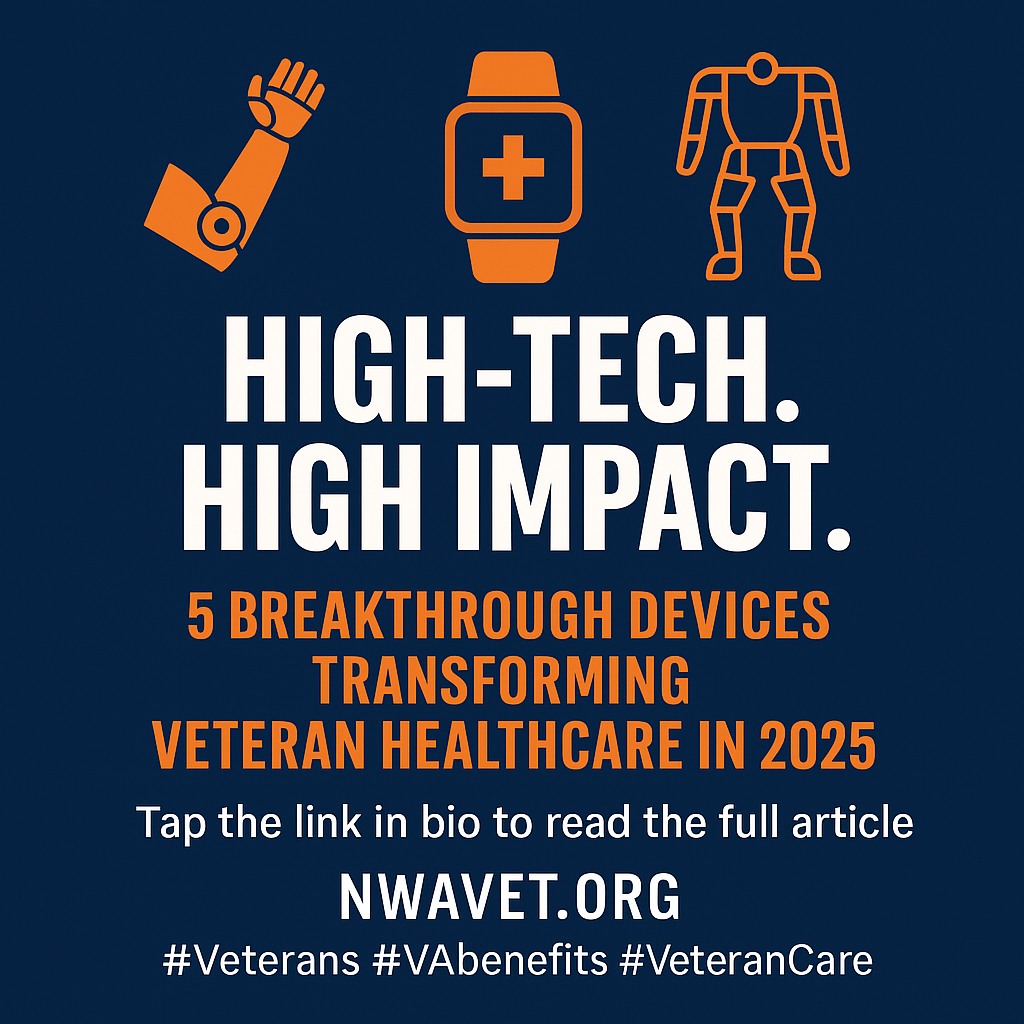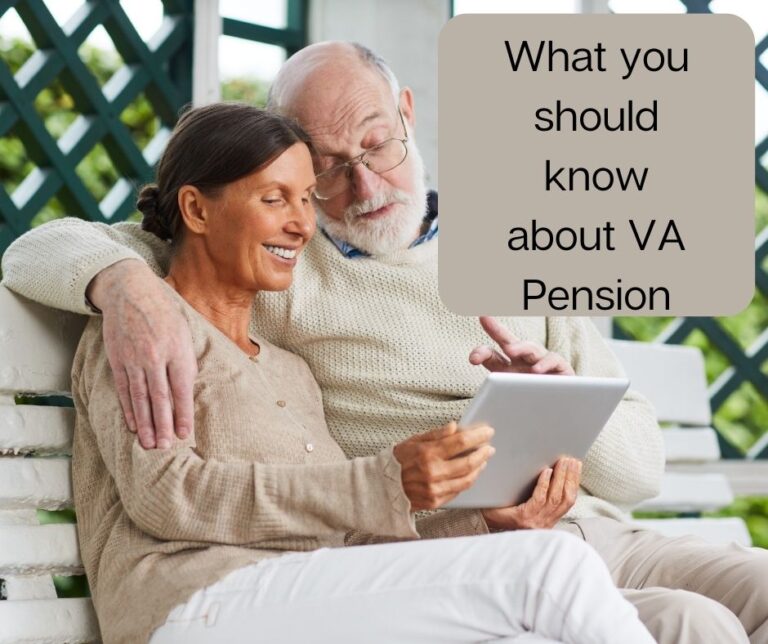High-Tech, High Impact: 5 Breakthrough Devices Transforming Veteran Healthcare in 2025
Veteran healthcare is entering a new era—and it’s about time. For those of us who carry the weight of service long after taking off the uniform, relief does not always come easy. But in 2025, a wave of innovative technology is starting to change that. These aren’t futuristic gimmicks—they’re real tools already making a difference in the lives of Veterans across the country. Whether you’re dealing with mobility issues, managing chronic conditions, or navigating mental health challenges, there are new resources available that can support healing, independence, and even transformation. Let’s take a look at five groundbreaking devices that are already reshaping the future of Veteran care.
First up are AI-powered prosthetics with sensory feedback. Unlike traditional prosthetics, these advanced limbs use artificial intelligence to adapt to how you move in real-time. Some even come with sensors that give you back a sense of touch or pressure, making the device feel more like a true extension of your body. For amputee Veterans, especially those from OIF/OEF, this is a game-changer. These tools restore not just physical function, but confidence and dignity. Many VA medical centers are piloting programs with companies like Össur and working alongside DARPA to push the boundaries of what these limbs can do.
Next are wearable health monitors that go way beyond your average fitness tracker. These small patches or wristbands track heart rate, oxygen levels, sleep cycles, and even detect early signs of respiratory distress. If you’re managing heart disease, diabetes, or sleep apnea—conditions common among aging Veterans—these devices can help catch problems early and keep your care team informed without constant clinic visits. Many of them sync seamlessly with VA telehealth systems, giving your provider a clearer picture of your overall health between appointments.
Another major breakthrough is in the field of mental health and brain injury recovery: neurostimulation headsets. These wearable devices use gentle electrical or magnetic pulses to stimulate targeted areas of the brain, helping with memory, mood regulation, and focus. For Veterans dealing with PTSD, depression, or traumatic brain injury (TBI), this non-invasive therapy offers real hope. Several VA centers now offer transcranial magnetic stimulation (TMS) or transcranial direct current stimulation (tDCS), and more advanced versions are making their way into outpatient and home-use settings. It’s a powerful step toward healing without relying solely on medication.
When it comes to mobility, robotic exosuits are turning heads—and changing lives. These lightweight, wearable frames help Veterans with spinal cord injuries or severe mobility issues stand, walk, or move with greater freedom. Systems like ReWalk and EksoNR are already approved and in use within select VA facilities. The physical benefits are obvious, but what’s even more impactful is the emotional and psychological boost Veterans report from being able to stand tall again. For many, it’s not just about walking—it’s about reclaiming control over their bodies and their lives.
Rounding out the list are smart medication dispensers with remote monitoring capabilities. These devices manage complex medication schedules, dispense correct dosages at the right times, and alert caregivers or medical staff if doses are missed. That’s critical for Veterans living alone or dealing with memory issues, chronic pain, or mental health conditions that require consistent treatment. These tools help reduce ER visits, prevent overdose or underdose, and support independent living for longer.
The best part about all of this? These innovations aren’t five or ten years away—they’re here. Many are already available through VA programs, private providers, or Veteran-friendly nonprofits working to expand access. If something you’ve read here sounds like it could make a difference in your life, bring it up at your next VA appointment. Ask your doctor or reach out to your local Veteran Service Officer (VSO) for help navigating the options.
The road we walk as Veterans isn’t always easy, but thanks to these high-tech tools, it doesn’t have to be walked alone—or in pain. Technology is evolving, and it’s time we made sure it’s working for us.
Have you had any experience with the devices mentioned, or know someone who has? Leave a comment below and let us know how it is working. And if you have question, feel free to leave that in the comment below also, or email us at info@nwavet.org.







